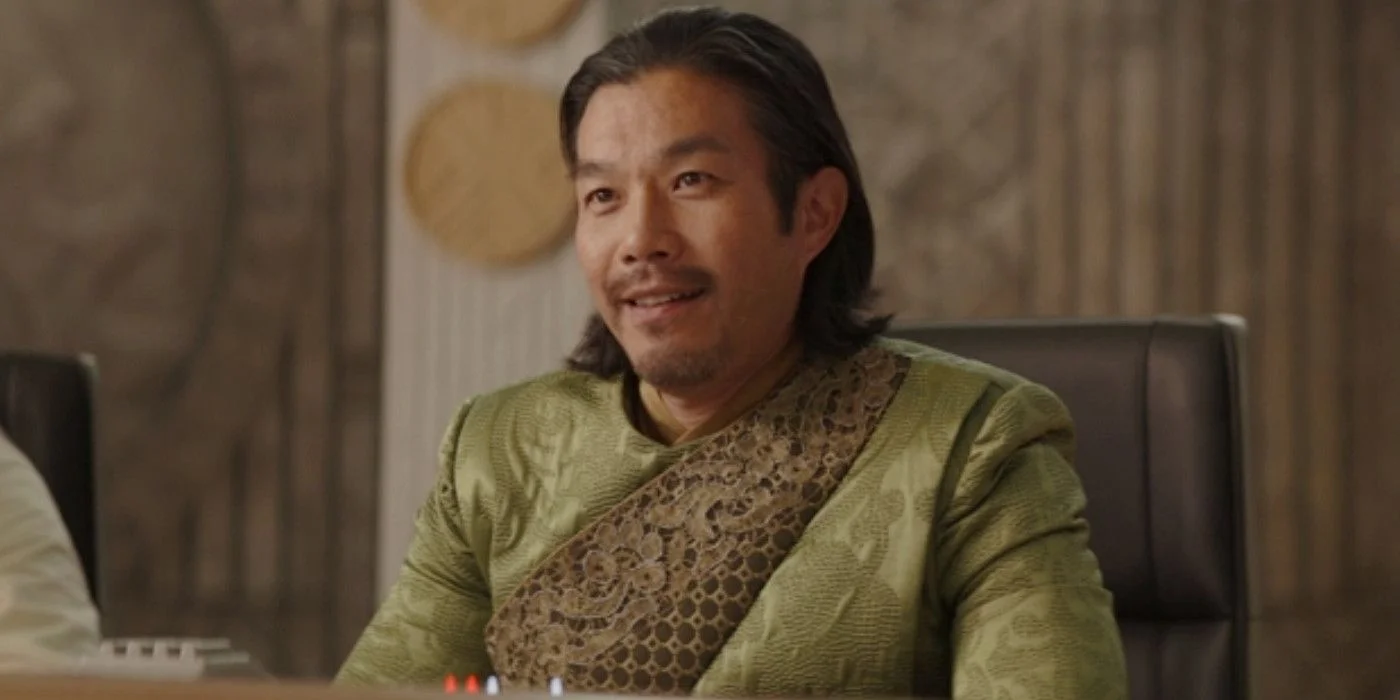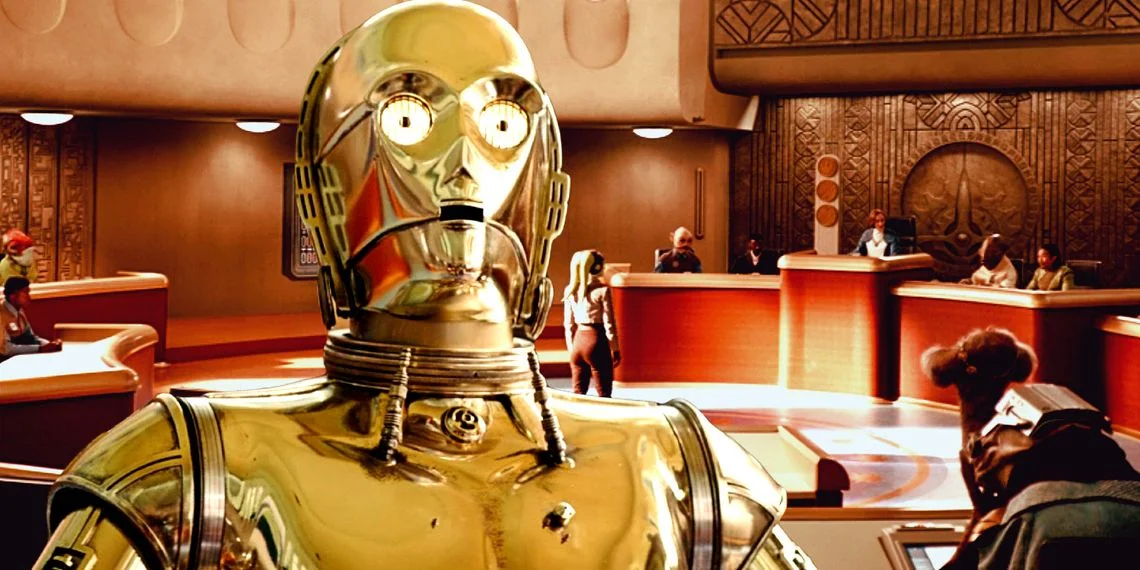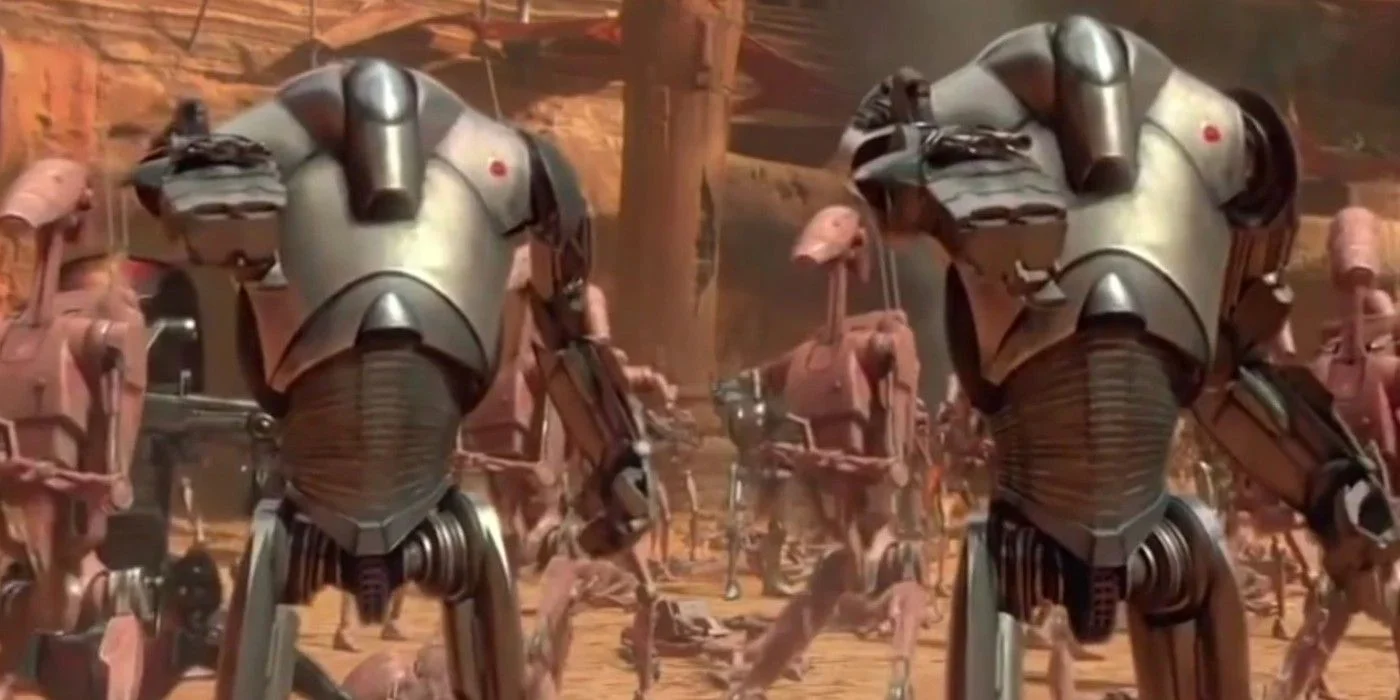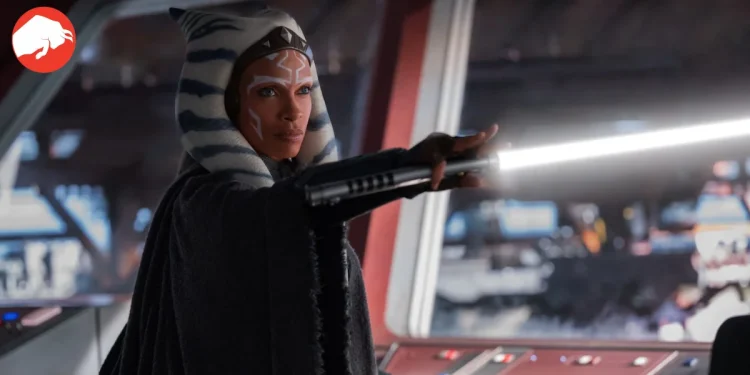How Ahsoka is Changing the Star Wars Conversation: From Clone Wars to First Order
In a galaxy far, far away, the tensions are high and the stakes even higher. Ahsoka Tano, the lightsaber-wielding force-user, is helping us navigate the murky waters of galactic politics in her self-titled series, “Ahsoka.” This Star Wars spin-off not only bridges the gap between the original trilogy and the sequels but shines a light on an often-ignored aspect of the franchise: the political machinations that allowed the Empire to rise from the ashes. Moreover, a significant revelation comes our way, tracing the phantoms of the Clone Wars and how they’ve influenced the New Republic’s seemingly perplexing decisions.
The Ignored Red Flags: Thrawn, First Order, and Political Naiveté
“Ahsoka” season 1 makes it crystal clear: the New Republic is playing with fire by ignoring the rising threats within the galaxy. Despite warnings from key figures like Hera Syndulla and Carson Teva, the Senate remains in denial. “The New Republic Senate immediately dismissed any claims that the Empire was still a threat to the galaxy,” the show tells us.
“This not only sets up Thrawn’s return in Dave Filoni’s The Mandalorian Star Wars movie, but it also sets up the rise of the First Order in the sequel trilogy.”

A Subtle Look into the Hearts of Senators: A Tense Trial and a Hidden Bias
In an intense courtroom scene during episode 7, “Part Seven: Dreams and Madness,” New Republic Senator Hamato Xiono aims to invalidate C-3PO’s testimony. What looks like a simple rejection carries layers of subtext.
“The court cannot admit evidence of this kind from a mere droid,” Xiono protests, subtly revealing his underlying biases.
As it turns out, this isn’t just about disregarding a droid’s testimony; it’s about the emotional baggage from the Clone Wars that continues to sway the New Republic’s decisions.
Echoes of the Past: How Clone Wars Shape Current Prejudices
The Clone Wars didn’t just scar landscapes; they scarred minds. Senator Xiono’s aversion to droids is more than personal prejudice; it’s a symptom of a galaxy-wide trauma. “Countless Republic worlds were ravaged by the Separatist droid armies, causing many citizens to hate droids for decades,” as the lore explains.

Whether it’s the bartender at Mos Eisley Cantina or Din Djarin of “The Mandalorian,” who harbored a deep-rooted hatred for droids, the echoes of the Clone Wars are loud and clear.
The Fear That Holds Back a Galaxy: New Republic’s Paralysis
While it’s easy to paint the New Republic’s Senate as naive, they are also victims of their past. Mon Mothma and her ilk tread cautiously because they remember the catastrophic Clone Wars.
“With so many devastating consequences of the last war, it’s understandable that senators like Xiono would be unwilling to rush into another one, even to the point of remaining willfully ignorant,” the show hints.

This opens the door for Ahsoka season 2 to delve deeper into the ideological tug-of-war between the New Republic and the remnants of the Empire, effectively filling the narrative gap left by the Star Wars movies.
What’s Ahead: Ahsoka Season 2 and a Galaxy on the Edge
As the Star Wars universe continues to expand, Ahsoka finds herself at the epicenter of new beginnings and long-standing enmities. With the New Republic still haunted by the ghosts of Clone Wars and the First Order amassing power, the stage is set for an intriguing Season 2. This series not only reaffirms Ahsoka Tano’s significant role in the Star Wars timeline but also adds a vital layer to the multi-generational saga that continues to captivate audiences worldwide.









